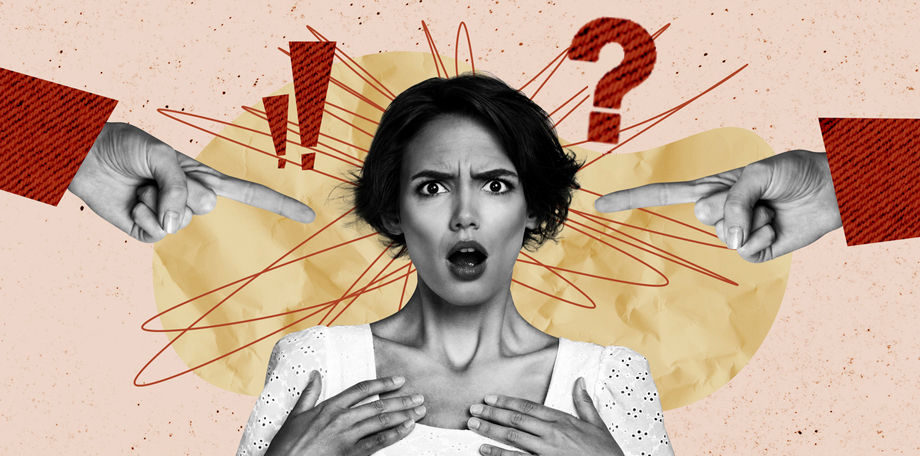Why Do Some People Develop Unexplained Fears or Phobias?
- PAM TIPPING
- Sep 26, 2024
- 2 min read
Updated: Oct 15, 2024

Phobias are a curious side of the human psyche, often manifesting as intense, irrational fears towards specific objects, situations, or creatures. But what causes these seemingly unexplained fears to take root in our minds? Let’s delve into the intricate world of phobias and explore the origins and underlying triggers that contribute to the development of these perplexing anxieties.
Unraveling the Mystery of Phobias
Imagine feeling an overwhelming sense of dread at the mere thought of heights, spiders, or enclosed spaces. These deep-rooted fears, known as phobias, can be debilitating and significantly impact an individual’s quality of life. But what exactly leads someone to develop such strong aversions towards certain stimuli?
The Link to Evolution
Evolutionary psychology offers a compelling perspective on the origins of phobias. Our ancestors' survival often hinged on their ability to quickly identify and avoid potential threats in their environment. As a result, certain fears, such as the fear of snakes or heights, may be deeply ingrained in our genetic makeup as a way to protect us from harm.
Traumatic Experiences
Traumatic experience leading to phobias
Another significant factor in the development of phobias is the role of traumatic experiences. For many individuals, a distressing event or series of events associated with a particular object or situation can lead to the formation of a phobia. This fear becomes a protective mechanism, shielding them from the perceived danger linked to that specific trigger.
Understanding the Mechanisms Behind Phobias
Psychologists and researchers have been studying phobias for decades to unravel the complex interplay of psychological, biological, and environmental factors that contribute to their development.
The Amygdala's Role
The amygdala, a small almond-shaped structure in the brain, plays a pivotal role in processing emotions, particularly fear responses. In individuals with phobias, the amygdala may be hyperactive in response to their specific fear trigger, leading to an exaggerated fear response even in non-threatening situations.
Conditioning and Learning
Psychological theories state that phobias can also be learned through conditioning. For example, if someone associates a negative experience with a certain stimulus, like a dog, they may develop a phobia of dogs. Conversely, through exposure therapy and gradual desensitisation, people can unlearn these fear responses and reduce the intensity of their phobias.
Seeking Support and Treatment
Living with a phobia can be isolating, distressing and debilitating, but it's important to remember that help is available. Psychological interventions, such as cognitive-behavioral therapy (CBT) and exposure therapy, have been shown to be effective in managing and overcoming phobias. By working with a qualified mental health professional, you can develop coping strategies and gradually confront your fears in a supportive environment.




Comments